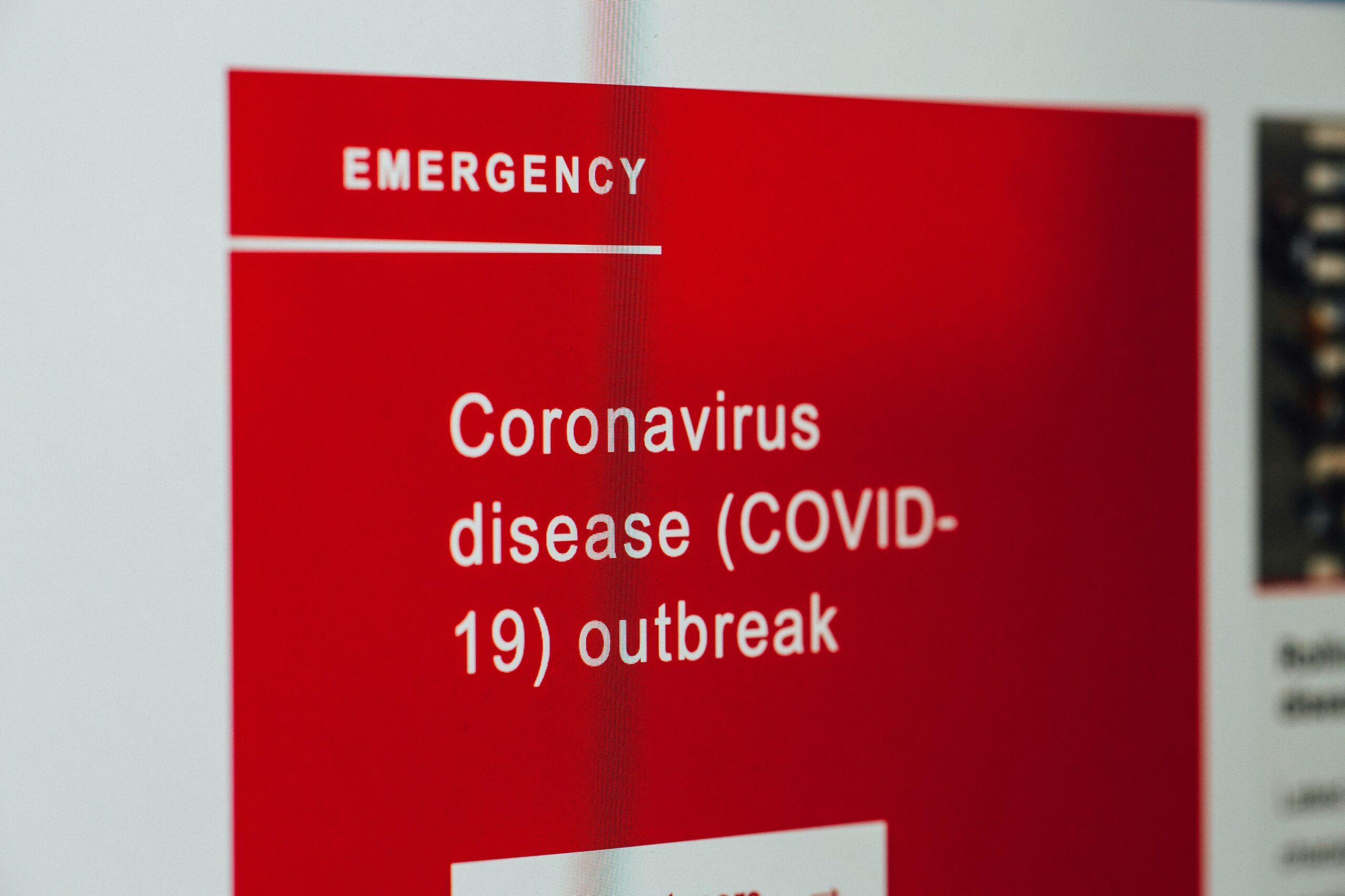Introduction
Stepping onto a U.S. campus as an international student is a dream that sparkles with promise—new horizons, world-class education, and a chance to grow. But for many, the path to that dream begins with the F1 visa, a golden ticket that comes with hurdles, hopes, and heart-pounding moments. In 2025, as over 1 million international students flock to the U.S., the F1 visa remains their gateway, but its journey is anything but simple. Through the stories of students like Aisha and Raj, this narrative explores the highs and lows of securing the F1 visa and thriving in study abroad life. #F1Visa
The F1 Visa: A Gateway to Dreams
The F1 visa, issued by the U.S. Department of State, allows international students to pursue full-time academic programs at U.S. colleges and universities. In 2024, USCIS processed 446,431 F1 visa applications, a 10% rise from 2023, reflecting the U.S.’s enduring appeal. For Aisha, a 21-year-old from Kenya studying biology at NYU, the process began with acceptance to her dream school. “I was thrilled, but then came the visa maze,” she says. The F1 requires an I-20 form from the school, proof of financial support, and a SEVIS fee ($350 in 2025). Each step tests patience and precision. #StudyAbroad
The Application Journey
Securing an F1 visa is like running an obstacle course. Raj, a 19-year-old from India aiming for a computer science degree at UC Berkeley, spent months gathering documents: bank statements showing $40,000 for tuition and living costs, his acceptance letter, and a meticulously completed DS-160 form. The visa interview, held at a U.S. Embassy, was the real test. “I practiced answers for days, but my heart was racing,” Raj recalls. Questions like “Why this school?” and “What are your plans after graduation?” demanded clarity. In 2025, 85% of F1 applicants were approved, per State Department data, but preparation is key to avoiding the 15% rejection rate.
Challenges of Study Abroad Life
Landing the F1 visa is just the start. Once in the U.S., students face cultural shock, financial strain, and academic pressure. Aisha struggled with New York’s fast pace and slang-heavy conversations. “I felt like an outsider at first,” she admits. A 2024 International Student Barometer survey found 60% of F1 students experience loneliness, with 25% citing cultural adjustment as their biggest hurdle. Raj, meanwhile, juggled 20-hour-per-week work limits under F1 rules with skyrocketing Bay Area rent ($1,500/month on average). “Every dollar counts,” he says, echoing the 40% of students who report financial stress, per a 2025 study.
Triumphs Amid the Struggles
Despite the challenges, the F1 visa unlocks transformative moments. Aisha joined NYU’s African Student Union, finding a second family through cultural events. “Dancing to Afrobeat at campus festivals made me feel at home,” she shares. Raj excelled in hackathons, landing an internship through Optional Practical Training (OPT), an F1 benefit allowing 12 months of work post-graduation. In 2024, 200,000 students used OPT, boosting their careers. Online, #F1Visa trends on X, with students sharing tips on everything from interview prep to surviving homesickness, building a global community of support.
Navigating the System: Tips for Success
To conquer the F1 visa process and thrive in the U.S., students need a game plan:
- Start Early: Apply for your I-20 and DS-160 at least three months before your program starts. Embassy wait times can hit 90 days, per 2025 USCIS data.
- Prepare for the Interview: Bring your I-20, SEVIS receipt, financial proof, and a clear plan to return home post-study. Practice concise answers to show intent.
- Budget Wisely: Tuition averages $30,000-$50,000 annually, with living costs adding $15,000-$20,000. Seek scholarships—40% of F1 students received aid in 2024.
- Connect on Campus: Join clubs or use university resources like international student offices. Aisha’s advisor helped her navigate work permits, easing her transition.
The Bigger Picture
The F1 visa is more than paperwork—it’s a bridge to opportunity. Students like Aisha and Raj contribute to the U.S., with international students adding $40 billion to the economy in 2024, per the Institute of International Education. Yet, the journey tests resilience. From visa interviews to late-night study sessions, these students prove their mettle. “It’s hard, but it’s shaping who I am,” Raj says. As they navigate cultural divides and financial pressures, their stories inspire others to chase the same dream, one visa at a time.
Conclusion
Study abroad life with an F1 visa is a rollercoaster of challenges and triumphs. From the nerve-wracking visa interview to the thrill of campus life, students like Aisha and Raj embody courage and ambition. The U.S. remains a beacon for young scholars, and the F1 visa is their key to unlocking it. Don’t just dream—prepare, persist, and embrace the journey. Your study abroad story starts now. #StudyAbroad




I loved as much as you will receive carried out right here The sketch is tasteful your authored subject matter stylish nonetheless you command get got an edginess over that you wish be delivering the following unwell unquestionably come further formerly again as exactly the same nearly very often inside case you shield this hike